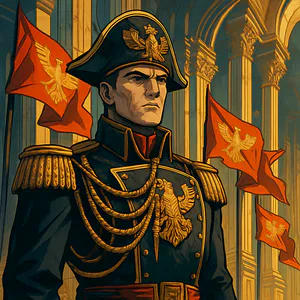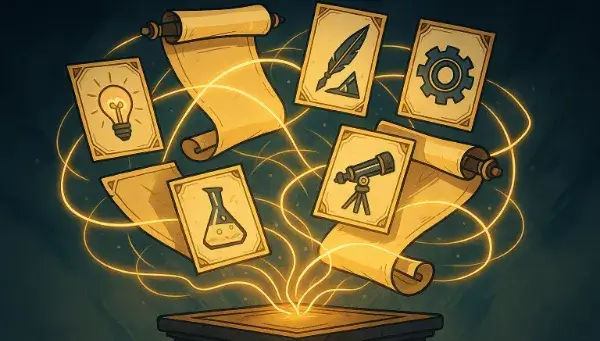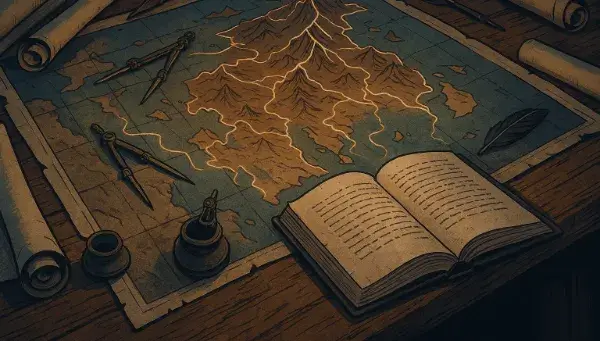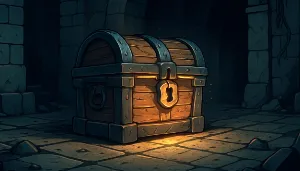Generate rank names
More Various Name Generators- <% result.name %>
Discover all Story Shack apps
Ignite Your Ranking Titles
Creating unique and engaging rank names can elevate your game, community, or project. Use these thought-provoking questions to inspire fresh and memorable titles that resonate with your audience.
- What qualities or skills define the highest rank in your hierarchy?
- How can you incorporate elements of humor or wordplay into your rank names?
- What themes or motifs represent the culture of your community?
- What is the ultimate achievement or honor associated with your top ranks?
- How can you reflect the journey of progression through each rank name?
Frequently Asked Questions
Here are some common inquiries about the Rank Name Generator and how it can help you craft unique titles.
How does the Rank Name Generator work?
It utilizes a range of creative algorithms to generate distinctive rank names with each click, ensuring fresh ideas every time.
Can I influence the type of rank names generated?
At present, you cannot customize the input; however, you can keep generating names until you find one that fits perfectly.
Are the rank names original?
Yes, the names are randomly generated, offering a diverse array of options, though some may be similar in nature.
How many rank names can I create?
You have unlimited possibilities; just keep clicking to generate as many rank names as you desire.
How do I save my favorite rank names?
You can click on a rank name to copy it instantly, or hit the heart icon to bookmark it for easy access later.
What are good rank names?
There's thousands of random rank names in this generator. Here are some samples to start:
- Foreman
- Prime Minister
- Administrator
- Exarch
- Senator
- High Justicar
- Librarian
- Mage
- Supervisor
- Prime Minister
About the creator
All idea generators and writing tools on The Story Shack are carefully crafted by storyteller and developer Martin Hooijmans. During the day I work on tech solutions. In my free hours I love diving into stories, be it reading, writing, gaming, roleplaying, you name it, I probably enjoy it. The Story Shack is my way of giving back to the global storytelling community. It's a huge creative outlet where I love bringing my ideas to life. Thanks for coming by, and if you enjoyed this tool, make sure you check out a few more!











































































